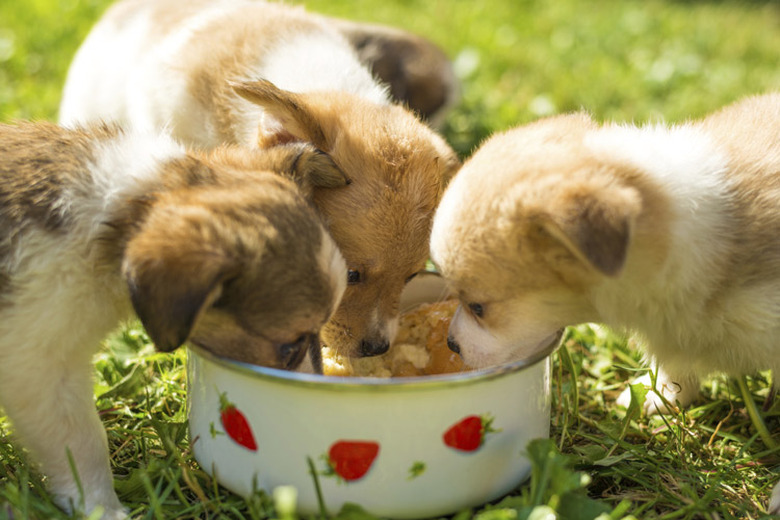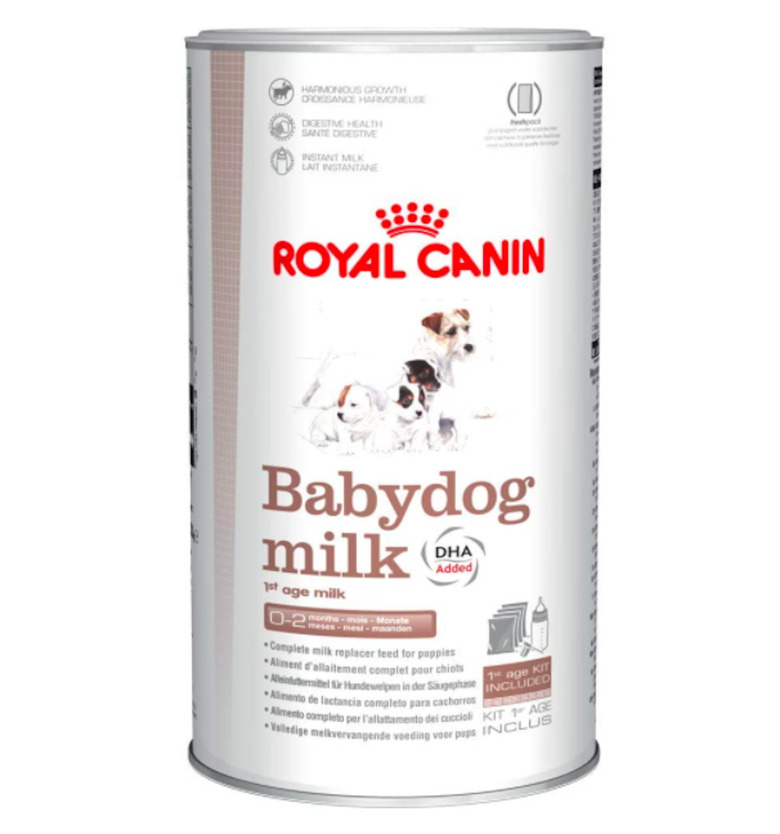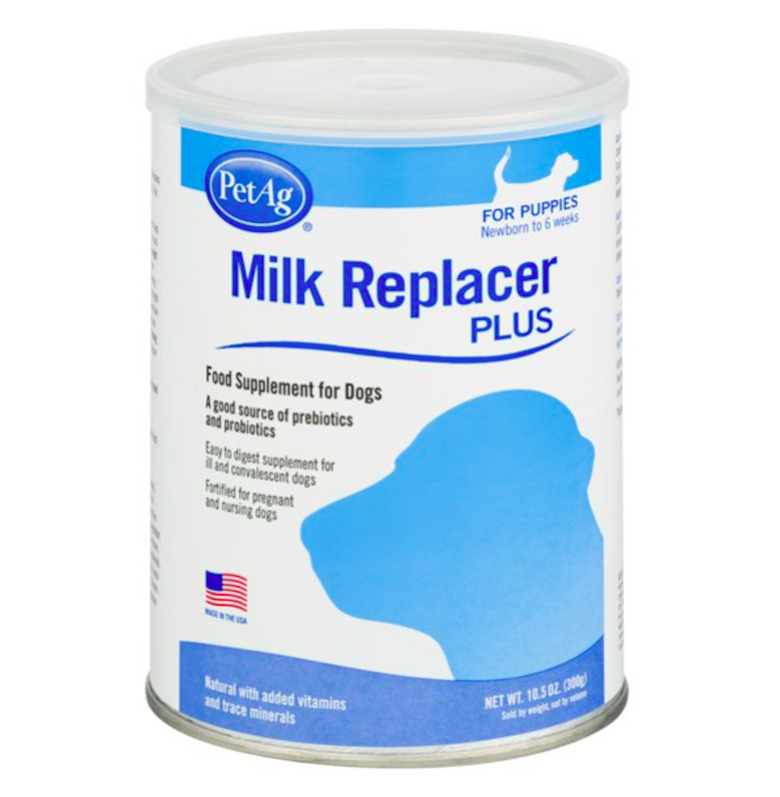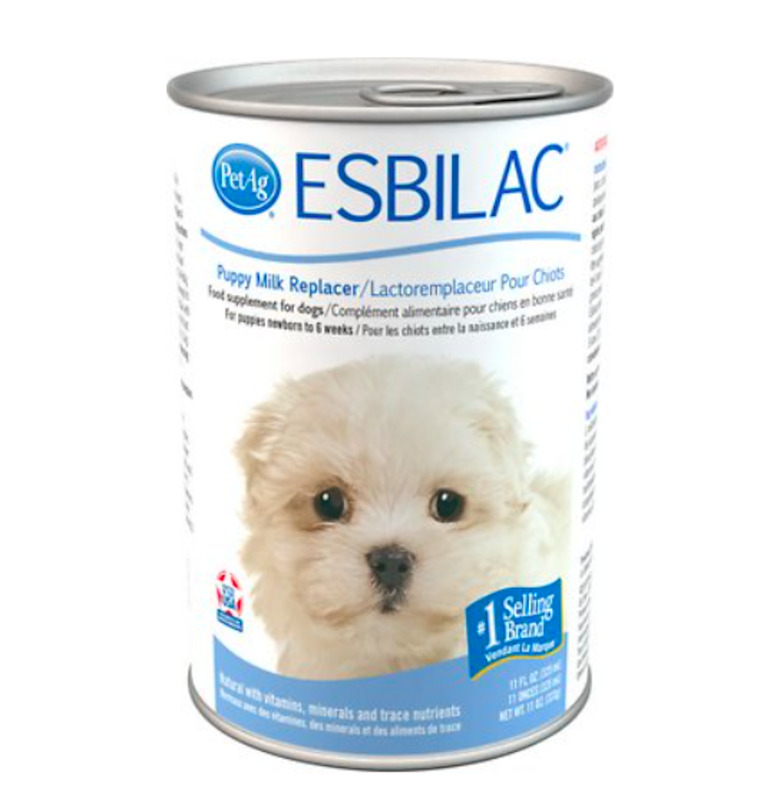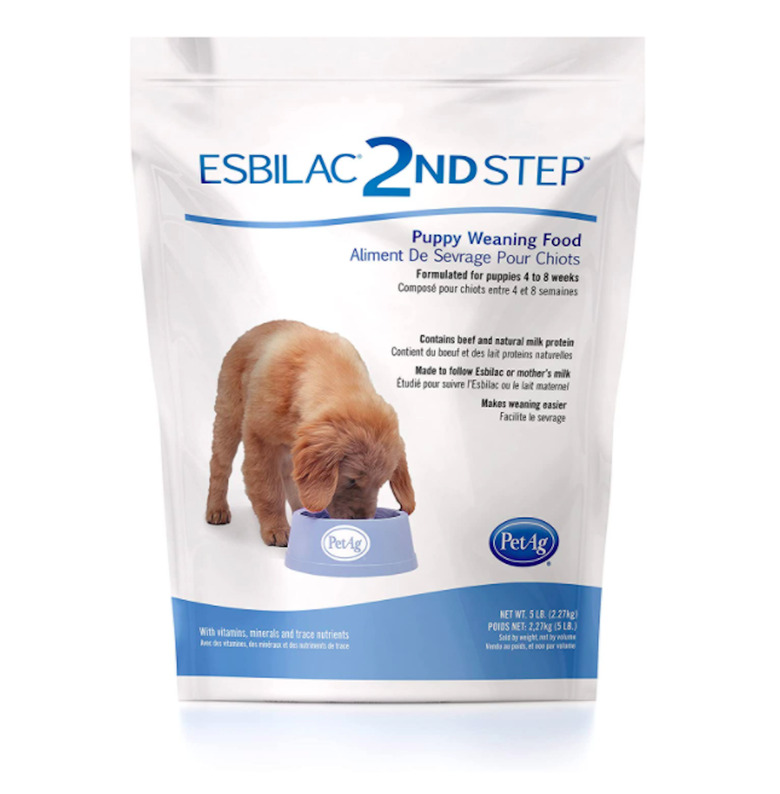Introducing A Puppy To Solid Food
We may receive a commission on purchases made from links.
Disclosure: At Cuteness, we are committed to being the go-to resource for pet owners and animal lovers. We only recommend products we think our audience will love. If you purchase something by clicking on one of these links, we may receive a small commission of the sale and the retailer might receive some data for accounting purposes.
If a puppy is with their mother for the first few weeks of life, there's not much you need to do. But before you know it, those cute little furballs will be ready to venture out on their own, eat their own food, and find their own bed to snuggle up into. At about 3 to 4 weeks, a puppy will be ready for weaning, meaning they will drink less of their mother's milk and gradually begin to eat more.
Weaning a puppy
Weaning a puppy
At four weeks all the puppies should be able to walk, run, and play and show curiosity about the world outside of their nest with their littermates. Three to four weeks is also the time when puppies start to develop their teeth. The mother will naturally start to spend more time away from the pups when this happens.
Milk replacers for a puppy
Milk replacers for a puppy
There are several excellent commercial milk replacers available. Providing puppy milk replacer is a great way to get a puppy to start drinking on their own, away from their mother. A good milk replacer will contain roughly 30% protein, 40% quality fats, and added vitamins and minerals.
When shopping for a commercial milk replacer, look for the following:
- Low levels of vitamin A for strong muscles and nerves, good vision, healthy skin and coat
- Vitamin B12 for nervous system function, a healthy heart, and energy
- Low levels of vitamin D3 for strong heart muscle and immune system
- Vitamin E for muscle development and antioxidant properties
- Minerals like calcium, iodine, iron, phosphorus, and zinc
- Amino acids and essential fatty acids for muscle, nerve, and tissue development
- Real ingredients like dried whey, dried whole milk, skim milk, animal or vegetable fat, and egg products.
Another thing to keep in mind is the difference between powder and liquid formulas:
Powder formulas: Powder formulas last longer because they contain hardly any moisture. This is helpful if you plan on transitioning your pup to milk replacers over a longer period of time. You don't have to buy them as frequently as liquid formulas, helping you save money. The only downside is that you can't serve powder formulas immediately, as you need to first mix them with water.
Liquid formulas: Liquid formulas come ready to serve and closely emulate real milk. However, because they contain water and moisture, they're much more likely to spoil quickly, so whenever you buy a liquid formula, you shouldn't let it sit for too long.
Some of the best puppy milk replacers include:
Royal Canin's Babydog Puppy Milk
Royal Canin's Babydog Puppy Milk is a powdered formula that has added DHA (docosahexaenoic acid), a nutrient important for the development of your puppy's brains and eyes. The formula also provides extra minerals and vitamins for up to two months of growth. It dissolves quickly and completely in water, leaving no sediment behind. It includes a four-week feeding guide.
PetAg Milk Replacer Plus for Puppies
This powdered milk replacer works to supplement nutrition for both puppies and the pregnant or nursing mother. It's fortified with vitamins, minerals, and amino acids to promote healthy growth and development and is a good source of probiotics and prebiotics. It can also be used to replace a mother's milk for orphaned or abandoned puppies up to six weeks old. The unopened 10.5-ounce container can be refrigerated for up to three months.
PetAg Esbilac Liquid Puppy Milk Replacer
For an excellent liquid formula option, stick with PetAg. This liquid puppy milk replacer comes in individual 11-ounce cans and is formulated for newborn and growing puppies. However, it's also suitable for stressed or aging adult dogs to deliver highly digestible nutrients. Its ideal balance of protein, fat, and carbohydrates support optimal development and provides a complete food source for orphaned or abandoned puppies. There's no need to mix it with anything else; simply read the instructions for the proper dosage to serve, according to your puppy's age and breed.
Transitional cereals for a puppy
Transitional cereals for a puppy
Continue feeding until the puppies are old enough to eat puppy food on their own. The next stage is a creamy transitional cereal. When feeding a puppy cereal like this, place it in a flat saucer and gently dip their nose in it two or three times a day until they lap it up on their own. It doesn't take long before they want more, especially if mom is less and less interested in nursing them. It can also be introduced by dipping your fingers in the puppy cereal and letting the puppy lick them.
Try the following transitional puppy food:
PetAg Esbilac 2nd Step Puppy Weaning Food
This highly digestible cereal contains ingredients like coconut oil, canola oil, whey, and casein and is formulated with vitamins and nutrients like vitamin B12, taurine, riboflavin, and more. Simply mix it with water to create a creamy, oatmeal-like cereal that goes down easily. The ready-to-mix powder stays fresh without refrigeration. This cereal comes in 14-ounce or 5-pound sizes and suitable for puppies four to eight weeks old.
Feed a quality puppy food
Feed a quality puppy food
Finally, feed growing puppies a solid food specially formulated to meet the nutritional needs of developing puppies. Adult food is formulated differently, and your puppy will miss out on important nutrients. When starting on a solid puppy food, pour over some water or milk replacer to make it soggy enough for them to eat it with their soft, small teeth. Gradually decrease the moisture until they are eating dry food on its own by 4 to 6 weeks of age.
Not all puppy kibble is equal. Some contain grains such as corn, which can irritate puppies' digestive tracts. Some contain meat byproducts such as beaks, feathers, ground bone and blood. Puppies' first food should be a puppy kibble that has 25 to 35 grams of protein in one serving. The first ingredient should be meat, not a meat byproduct. Protein, calcium and calories are important to meet the energy requirements and growing needs of rambunctious puppies. According to the Merck Veterinary Manual, healthy puppies one month to 14 weeks old need a minimum of 9.7 grams and 12.5 grams of high quality protein per kilogram (2.2 pounds) of body weight per day.
You can purchase supermarket brands or pet boutique pet foods, but you can also set up recurring deliveries of high-quality puppy foods from online retailers on Amazon. For instance, set up recurring deliveries of Blue Buffalo Puppy Food. Real de-boned chicken is the first ingredient.
Read More: When to Start Feeding Puppies Solid Food?
Watch your puppy's eating behavior
Watch your puppy's eating behavior
Food intolerances in dogs and puppies are not uncommon. Keep an eye on your puppy's eating behavior to be sure that they don't have a sensitivity or an allergy to common food ingredients. Food allergies in dogs aren't that common, but when they happen, they can cause itchy skin or ear and skin infections, or vomiting or diarrhea. The most common cause of itchy skin and ear or skin infections is allergies to fleas or environmental allergies such as dust mites, pollen, and grasses. But all of these allergies can have similar symptoms.
Sometimes, also, puppies become aggressive about their solid food and may growl when it's taken away. Those puppies need some one-on-one training sessions where the food is taken away when they growl and held back for a few minutes before returning it.
References
- Vets West: Breeding – Growing, Lactation and Weaning
- VCA Hospitals: Raising Puppies
- Merck Veterinary Manual: Nutritional Requirements and Related Diseases of Small Animals
- Cummings Veterinary Medical Center at Tufts University: What Every Pet Owner Should Know About Food Allergies
- NCBI: Comparison of the nutrient composition of commercial dog milk replacers with that of dog milk
